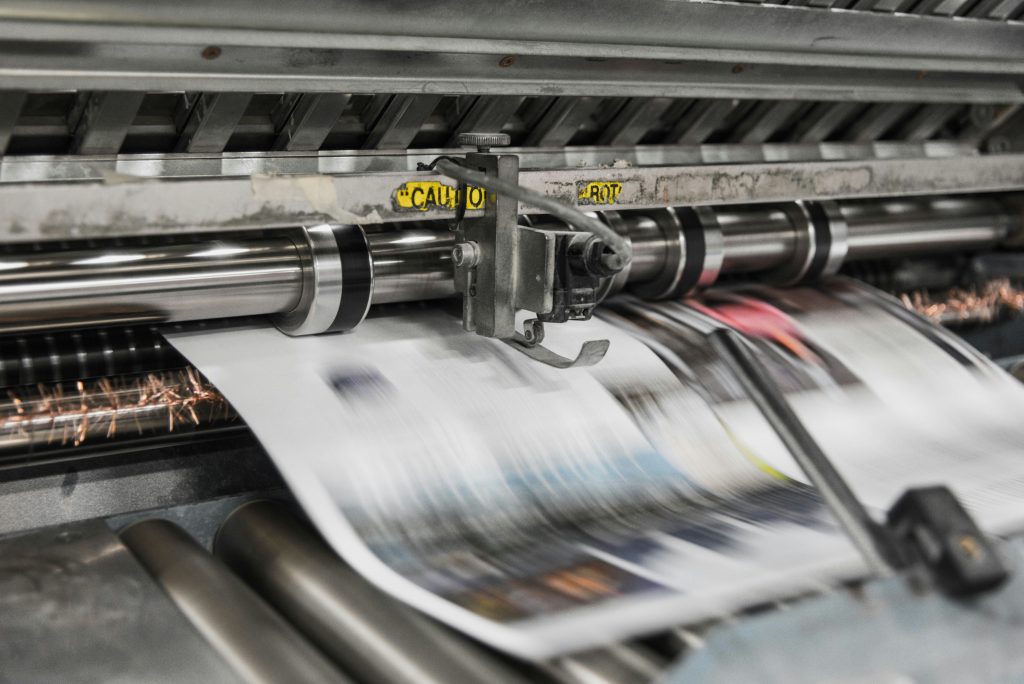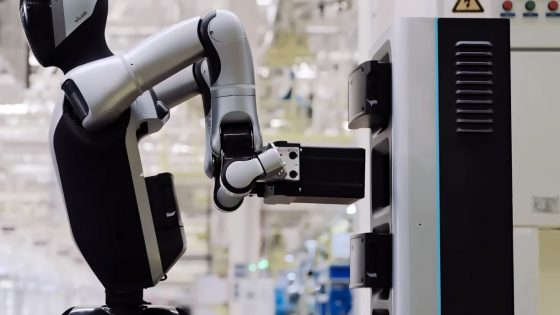The printing industry continues to defy market changes

The printing industry has survived quite a few transformations and challenges. In recent years, there has been a lot of talk about digitization as one of the possibilities for the demise of this industry, which has not happened. The press is persistent and proven resistant to changes in the market. However, it is resilient because of people and companies who persist in their profession and recognize the enormous potential in it, despite changes in the market.
Every professional printer, every supplier of printers and printing equipment, the entire supply chain of the printing industry is aware that times have changed. But they didn't let time pass them by. How have printing companies adapted to the new market conditions?
3D printing and digital printing are relatively young markets, but they have proven to be extremely good investments. Digital printing represents one of the most dynamic areas in the printing industry, which has experienced tremendous growth with the development of digital technologies. The ability to print directly from digital files to a variety of printing materials has revolutionized the way we approach printing projects – from small, personalized jobs to large, commercial runs.
The advantage of digital printing was also felt in the company Chilly Print, which mainly focuses on large-format digital printing and the production of customized products.
"The future of digital printing is certainly bright. Mainly for the fact that it is cost-effectively more effective compared to classic printing, especially for smaller, individual orders. But there will be changes, and they will also significantly interfere with the existing operation of digital printing houses," says Darko Toplak, head of IT and digitization in the company Chilly Print.
Toplak predicts two waves of change: technological and organizational. "The technological aspect of the changes will be reflected through changes in digital tools and the increasing implementation of Industry 4.0 segment solutions in the production process itself. The influence of robotization is increasingly noticeable also in the segment of digital printers. Digital tools and AI in print shops are increasing automation, reducing the need for specialized staff and optimizing production processes, including color and material management, while enabling printing machines as part of the Internet of Things (IoT) to improve efficiency.”
The first wave, the technological wave of change, will inevitably also affect the entire organization of companies.
"Technological changes will shorten the entire process from order to delivery, require the introduction of digital B2B/B2C systems, and adjustments due to the client's wishes, which will change the operation of digital printing houses. Management will have to introduce digital tools to track production, optimize costs and make agreements with suppliers to ensure supplies. It will also be necessary to digitize quality controls and use data to improve operations."
Darko Toplak warns of another disruptor. "The previous 'primacy' in the field of machine manufacturers, which was in the domain of large European and American companies, will slowly be replaced by a rapidly and intensively growing offer from non-European manufacturers (mainly Asian). Qualitatively, they are surpassing the aforementioned European and American manufacturers, while being much more affordable. Which will consequently maintain the competitiveness of existing digital printing houses - at least those that will face this and will be able to react to it in a short time."Top of form

3D printing, like digital printing, is a very welcome refresh of the printing industry and one of the most pervasive technologies that has already and will continue to change the face of printing and production. The ability to create three-dimensional objects from digital models opens up new possibilities for prototyping, custom manufacturing and even mass production.
“We have long used 3D printing for rapid prototyping and concept design. The real breakthrough is represented by 3D printing technology, which can be used for serial production of finished products. I see quite a few very promising technologies here. It mainly concerns the technologies of solidification of powdered material. These technologies do not require supports, so the post-processing procedures are fast, simple and can be automated. In the field of 3D printing of polymers, the most promising technologies are SLS (selective laser sintering), where we can use materials with excellent mechanical properties, such as n. BC polyamides. In the field of metal printing, the cost-effective technology of injecting the binder into metal powder (metal binder jetting) is used in production. After the sintering process, we get full-density metal pieces with mechanical properties identical to castings." Jernej Lokovšek, the director of the company, trusted us Solid World from Radomelj.

Also in to the 3WAY company agree that 3D printing is the future and one of the company's main tools.
"3D printing is a promising industry that is increasingly penetrating various fields and approaching even those users who are not ready to invest heavily in 3D printers. The new 3D printers are affordable for both hobby users and industrial users. We can expect that 3D printing will become an indispensable part of various industries or fields: automotive, aerospace, aviation, computer, construction, medicine...," says Tomaž Vujasinovič, director of 3WAY doo
3WAY predicts a bright future for 3D printing. New materials with greater temperature stability and excellent technical properties for printing larger pieces are emerging. The development of 3D printers is also progressing very quickly. In the coming years, 3D printing will become even faster and more flexible, and already the volume of 3D printing is increasing every year.
Print will continue to adapt to market changes, whether digital or new disruptive technology. His legacy is already rich, but it is far from finished.






























